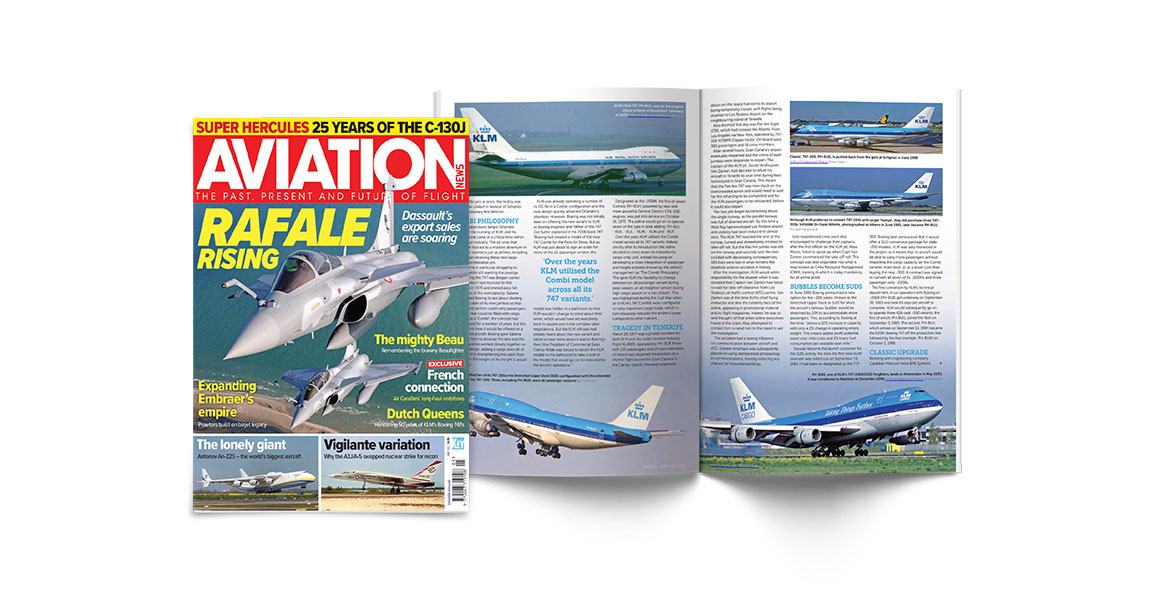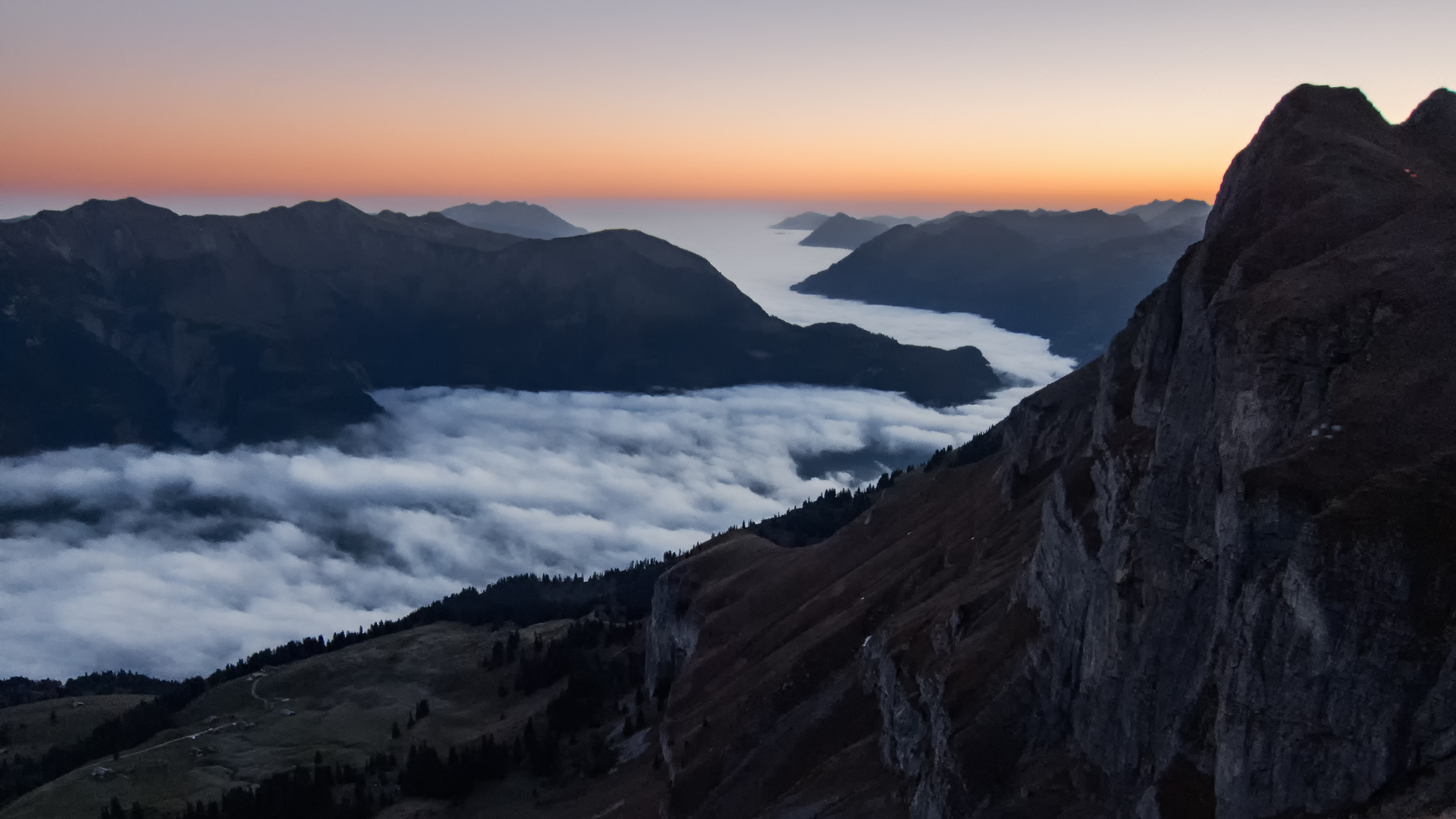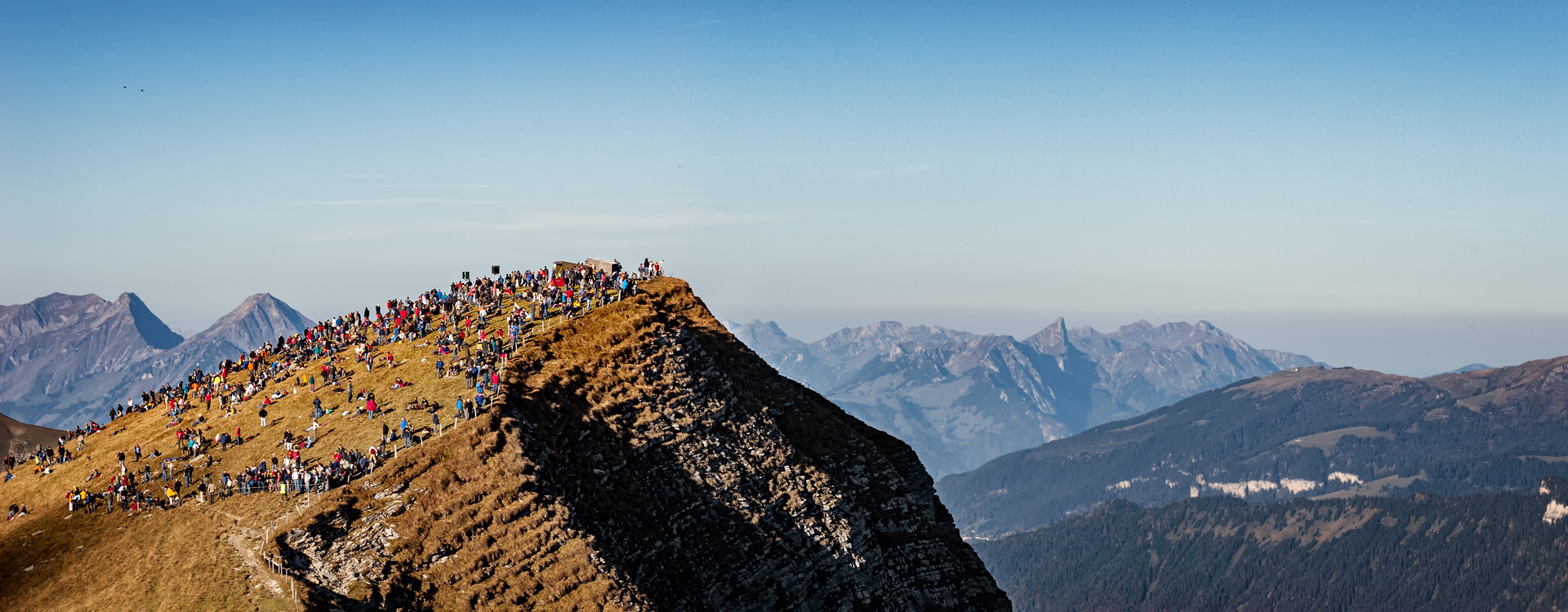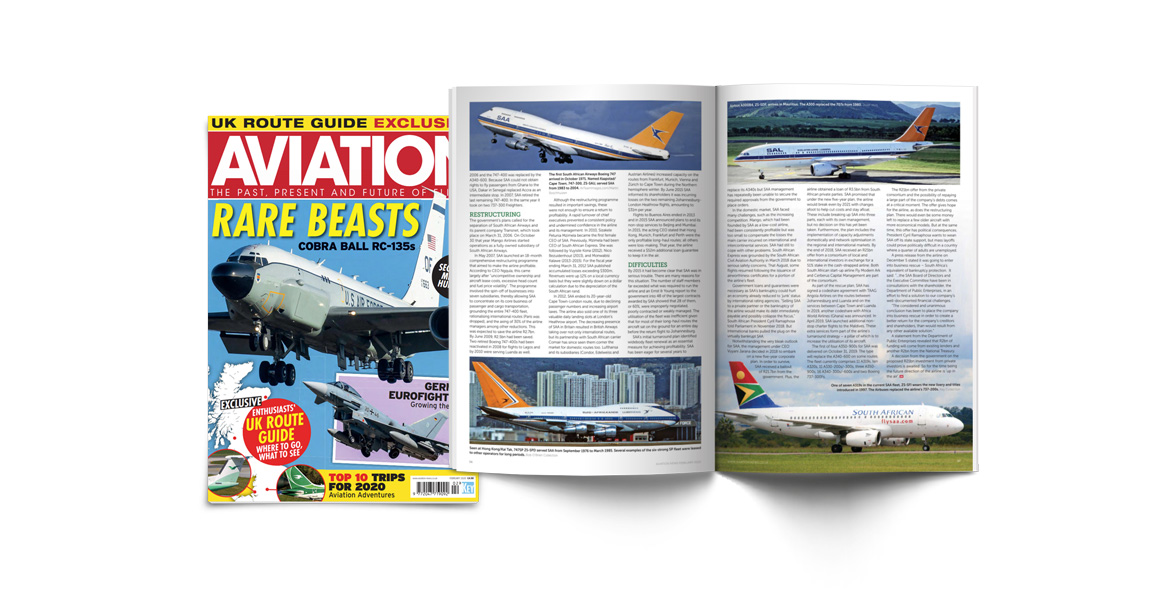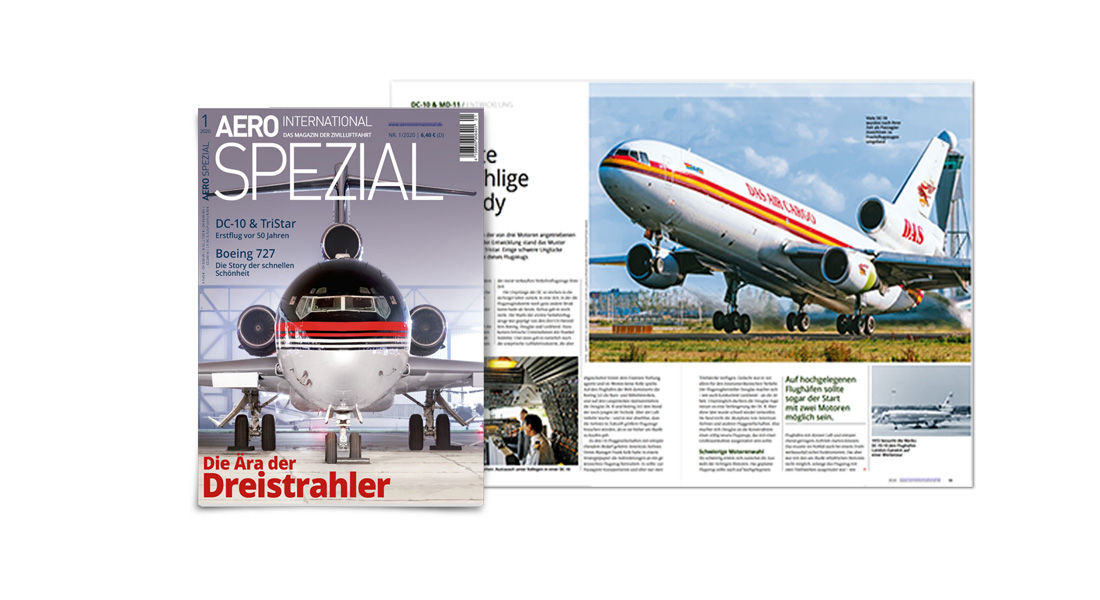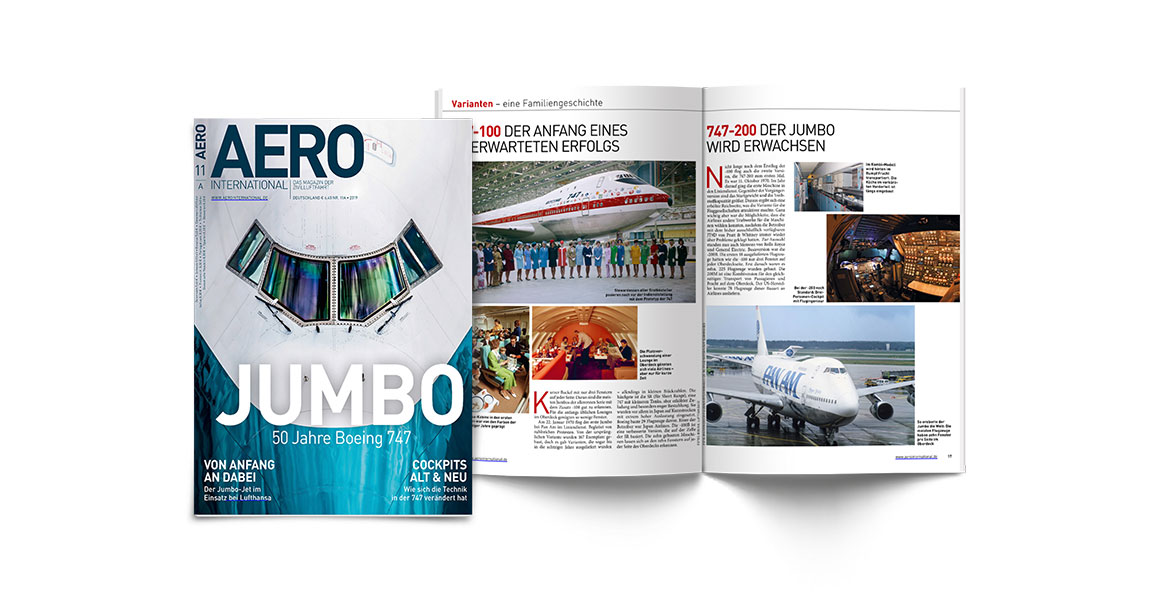Farewell KLM 747 – Queen of the Skies
The KLM Boeing 747 “Queen of the Skies”
My photo article about the KLM Boeing 747 is online

The Boeing 747-400 at KLM
The first KLM Boeing 747-400 (the City of Atlanta, PH-BFA) was delivered to KLM in May 1989. In the 31 years that followed KLM used 22 Passenger and Combi versions across her network. KLM withdrew the aircraft from service from service hastily in March 2020 after the COVID pandemic effectively reduced worldwide air Traffic to zero. Four 747-400 continued to fly cargo services to Seoul, Shanghai and Beijing until the end of the summer timetable. After this only 3 Boeing 747-400ERF cargo aircraft remain in KLM service.
I have published a photo article on the KLM Boeing 747 on my site. You can watch it here
Martin’s photos in the Farewell KLM Boeing 747 book
Farewell KLM Boeing 747 “Queen of the Skies” is a book about the Boeing 747-400 in service of the KLM. This is the fourth book that features pictures of Martin Boschhuizen in this series. Previously a selection Martin’s photos featured in the “Farewell KLM 747 the Grand Lady”, “Martinair MD-11 Aviation Legend” and “End of Flight plan”, a book about the last flights of the KLM MD-11.

Links
- You can still order the book. You can place your order on this website
- Read my KLM Boeing 747 story here
- See all my other book publications here
- You can find more info on Wings of Support here
Axalp
AXALP
Fliegerschiessen at the Ebenflüh shooting range
High above the village of Axalp the Swiss Air Force have a shooting range where their F/A-18 Hornets and formerly their F-5E Tiger planes can practice target shooting with live ammunition (known in German as “Fliegerschiessen”). Every year in October the public is welcome to observe a live firing demonstration with fighter jets. Combined with these exercises there is a small airshow showing paratrooper demos, SAR missions and of course the Patrouille Suisse. Axalp has become legendary over the past two decades among enthousiasts and showcases the skills of the Swiss Air Force in all its facets in the alpine landscape.
The Magic of Axalp
Every year, stuck in traffic, somewhere between Mannheim and Karslruhe, I ask myself why I bother making the same trip, for the same show, to the same spot, with the same beer and the same people.
And then the next morning, when I arrive at Ebenflüh and see the sun rise over the mountain tops, and hear the afterburners from the first Hornet taking of from Meiringen Unterbach Air Force Base, I’ll remember again: Because It’s Axalp!
There is not much like it: The Ebenflüh Shooting Range of the Swiss Air Force, at 7365 feet above sea level. Every year in the second week of October the public is welcome to see live shooting practices on the three designated targets. For years this week in October has been blocked in my agenda. From the climb up in the dark to the great atmosphere on top of the Mountain. In this feature I will try to explain what I consider the magic of Axalp.


This way up
The Axalp live firing event takes place at the The Ebenflüh Shooting Range of the Swiss Air Force. It sits in a natural amphitheatre at 7365 feet above sea level, and has been in use for target practice by the Swiss Air Force since 1942.
It all sounds like a very inviting place to spend an afternoon, until you hear that you have to climb all the way up the mountain from the Axalp village yourself, which is a two to three hour walk depending on your condition. Even when you take the chair lift up to Windegg, you still face a brisk climb towards the Brau hill initially, then up to Tschingl before reaching the Command Point (KP) at Ebenflüh.
Just before sunrise though, as you see the Hochnebel (fields of low stratus clouds) covering the valleys of the Berner oberland and the plains of Switzerland that lie to your north, you get instant reward for your excersise.
The climb to Ebenflüh
Over the past two decades the amount of visitors to Axalp has dramatically increased. From a few hundred, mostly local, visitors in the nineties, nowadays well over 10.000 visitors make the climb up.
Only a fraction of these visitors have the opportunity to use the air bridge that the Air Force sets up to transport guests and press up the mountain with Super Puma and Cougar helicopters. The rest have to settle for the other option: climb!
Although for the untrained mountain climber the climb can be tough. It is fair to say that anyone with a reasonable condition can make it up in reasonable time.

The long way up

The range

Hide and seek

Schiessgefahr
Warming up at the top
When climbing up it is easy to forget the amazing scenery that engulfs you. The approaching morning light, eventually the rising sun usually makes for an experience that is worth the trip itself. After getting on top of the mountain, it is time to warm up with some coffee, and soaking up the atmosphere in anticipation of the flying activities.
At the summit of the northern ridge of the valley, the views over the Alps and Lake Brienz are breathtaking. Here watched from Ebenflüh towards the west (direction Interlaken) the Tschingel summit is being populated for the day while two Swiss Northrop F-5E Tiger fighters are approaching fast top left. Camera’s ready. Action is about to start.
Showtime
After being underway for almost half a day flying action can start as early as 08:30. Sometimes catching out veteran visitors as both the F-5 Tigers and the Boeing F/A-18 Hornet formations have a habit of sneaking up from the lower valley up to the firing range while popping out a long bursts of flares.
After this the sorties of F/A-18 Hornets and Northrop F-5E Tigers commence with their firing practice in earnest. The Fliegerschiessen is on for real! The valley offers a near perfect natural amphitheatre for the fighter pilots to practise their skills in alpine flying. In multiple different approaches they attack one of the three ground targets that are painted bright orange dayglow. The approach, flight angle, shooting distance and eventual target accuracy is being observed and rated by firing range supervisors that give instant feedback to the pilots to improve on their next run.

Fliegerschiessen in real life
Given the fact that Switzerland wanted to defend its neutral status in WW II, it became apparent in 1942 that flight crews mountain flying skills were inadequate. As a result the Axalp firing range was put into service in October 1942. The range has been into service ever since and the area has been the subject of many types of tests and excersises. In previous decades bombing runs were part of the demo as well, but currently only the shooting with the board cannons remains part of the program, occassionaly with incendiary shells as well.
The training area is perfect for the many skills that are required for mountain shooting such as maintaining minimum and maximum altitude, aiming and firing in a very short time frame, maintaining cover, etc. And all while sustaining G-forces up to 7.5G. Needless to say that this is an incredibly impressive sight to watch in real life.

The jury

Incendiary shells hitting targets

Bulls eye

Vapour trails
Boeing F/A-18 Hornet
Without a doubt the star of the day has been the Boeing F/A-18 Hornet. Both for their demonstration of firing power but also for the brilliant solo demonstration that Captain Nicolas “Vincent” Rossier from Fliegerstaffel (Fighter Squadron) 17 has been giving at Axalp since 2017.
The Swiss Air Force currently operates three squadrons of F/A-18 Fighters: Fliegerstaffel 11 based at Meiringen Unterbach Air Force Base, and Fliegerstaffel 17 and 18 based at Payerne Air Force Base. The Boeing F/A-18 Hornet has been Switzerland’s most advanced fighter since it entered service with the Swiss Air Force in 1998. And after the final appearance in 2018 of the Northrop F-5E, it is the only Swiss fighter that performs live shooting at the Axalp range. Switzerland initially ordered 22 Saab Gripen aircraft as a replacement for the Tigers, but the order was cancelled after a people’s referendum.
After having been in service for more than two decades the Hornets reach the end of their operational lifetime. The AIR 2030 program by the Swiss defence ministry looks to replace the Hornets by 2030. Over the coming years the choice will be made between the Lockheed Martin F-35, The Dassault Rafale, Eurofighter Typhoon and the Boeing F-18 Super Hornet. Saab have officially withdrawn the Gripen E from the bid.
Below: Example of the breathtaking views that can be had on top of the Tschingel ridge. Here two cloud layers spoil the views but add to the drama. The white buildings on the right form the cable car station and the Command Point (KP) at Ebenflüh. The peaks to the left of taht are Axalphorn and Oltschiburg. These peaks are off limits during the Axalp week.
The Village of Axalp
The agricultural cultivation of Axalp goes back as far as the 12th century, while tourism became the main source of development in the late 19th century. Today the village has kept much of its original rural charm and apart from the yearly flow of tourists has a very low number of inhabitants. In many aspects I always feel as if you enter another world if you visit Axalp.
Only adding to this sensation is the remote location of the village high up on the hill which means that you need to make the 900 meter climb up a rather narrow road towards the village. After that you enter a world where it sometimes seems time has stood still and where you are almost instantly detach from the hassle of everyday. Obviously this efffect works best if you are in Axalp outside of the Week that the Fliegerschiessen takes place

Axalp is situated high above the Brienzersee (Lake Brienz)

The welcome in Axalp is always herzlich

Hochnebel ceiling

Fuel

Axalp breathes rural charm



